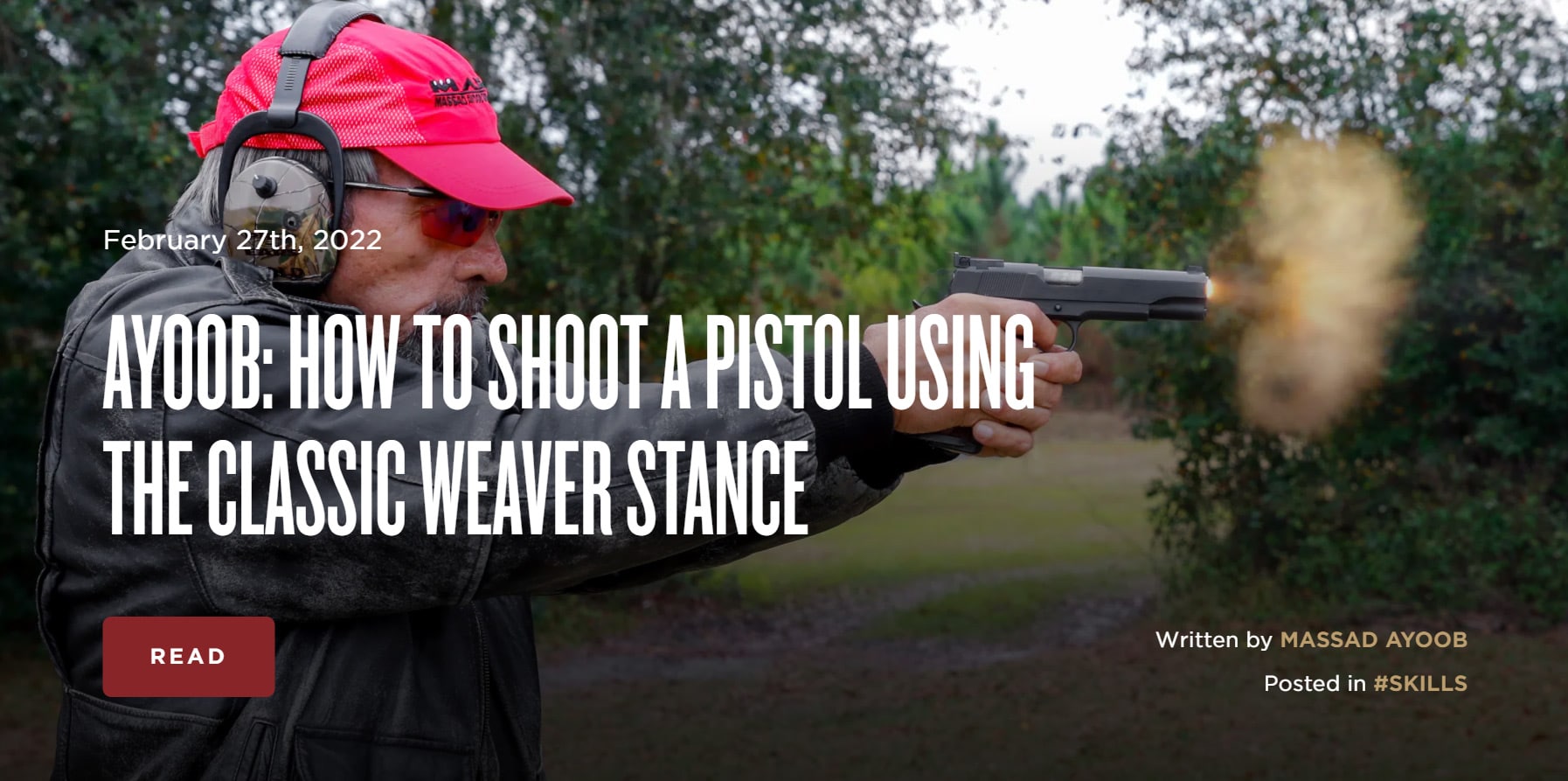I have come to believe that the best aspect of the Weaver Stance is that it is open to modification. I was a mediocre-to-average professional fighter (MMA, Kickboxing, and Boxing), but I have had the opportunity to train and coach some incredible athletes at the highest levels of the sport. Regardless of the sport, what we consider to be the "best" or "proper" way to do anything is really just the method that is most likely to offer the best results for most people in the shortest amount of time.
Longtime fans of Major League Baseball have witnessed many athletes excel while using highly unconventional methods. Julio Franco won a batting title and Mickey Tettleton hit hundreds of homers with distinctive batting stances that no coach would ever dream of teaching. Roy Jones Jr. became one of the greatest boxers in history while often employing a "hands-down" fighting stance, despite all boxers being taught from day one to always keep their hands up. While the average person is almost guaranteed to fail by using these techniques, the success of these athletes (and countless more with unique styles) proves that the techniques they employed cannot be labeled "wrong".
All athletes, especially older ones, must develop a personal style that makes the best use of their attributes; while limiting the effects of their weaknesses, injuries, build, etc. Blindly copying the style of any successful athlete will often only work for athletes with similar body styles and physical attributes. Everyone should learn to shoot using a conventional stance, while remaining free to make minor modifications that offer the best individual results. Many "experts" hate to hear it, but if you are shooting 2" groups off-hand at 25 yards with a pistol, you're method is probably not "wrong" solely because it doesn't perfectly match the traditional method.


